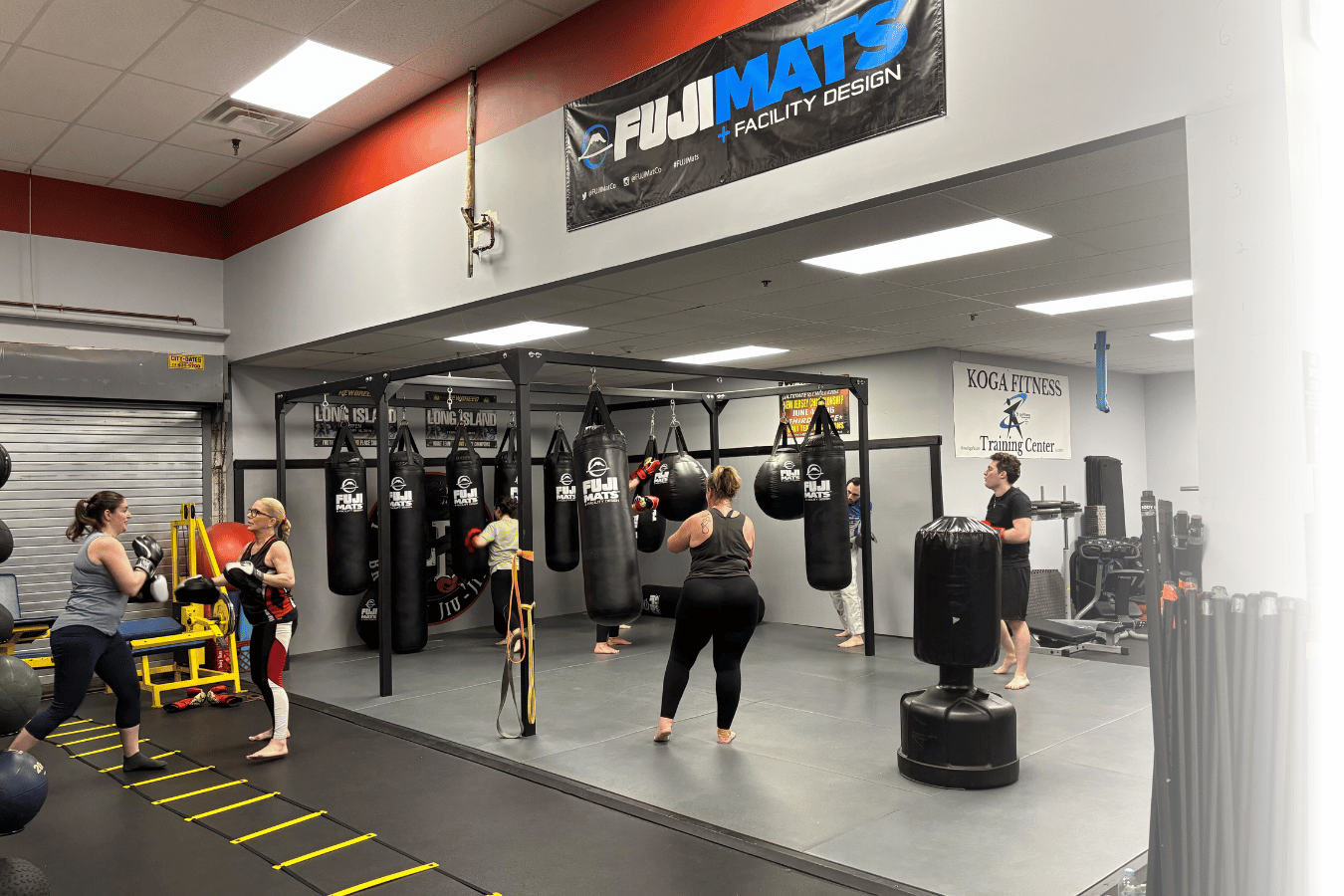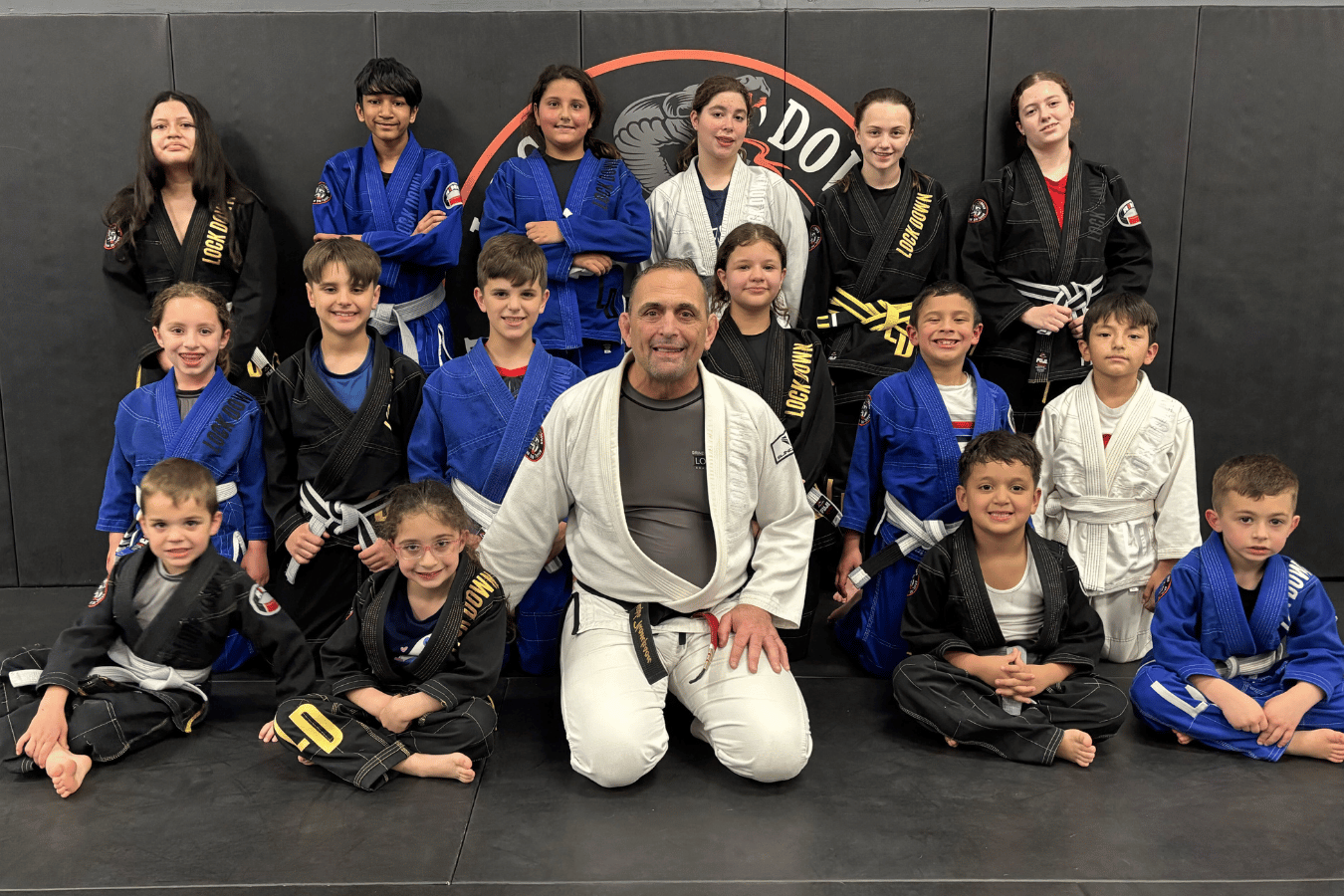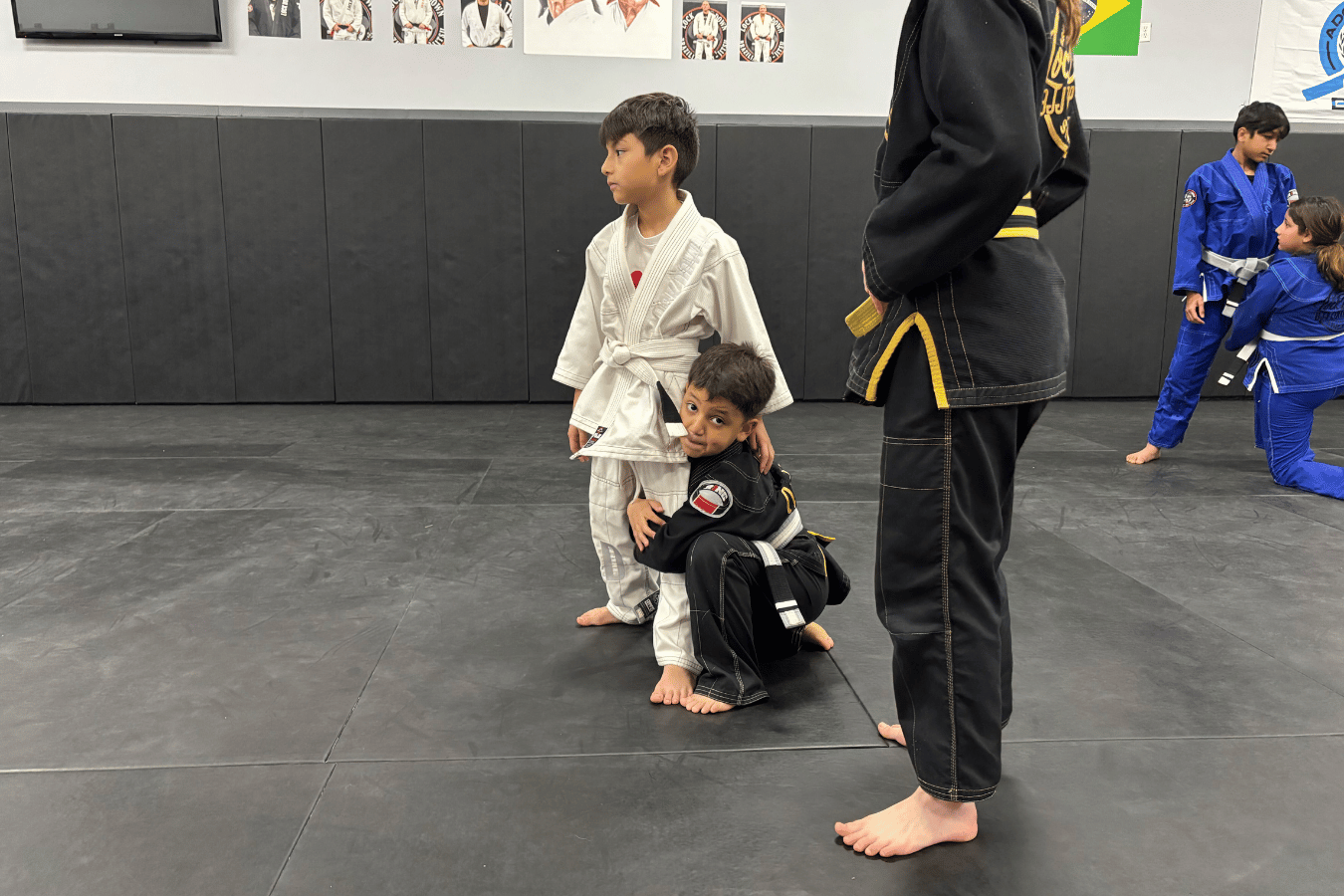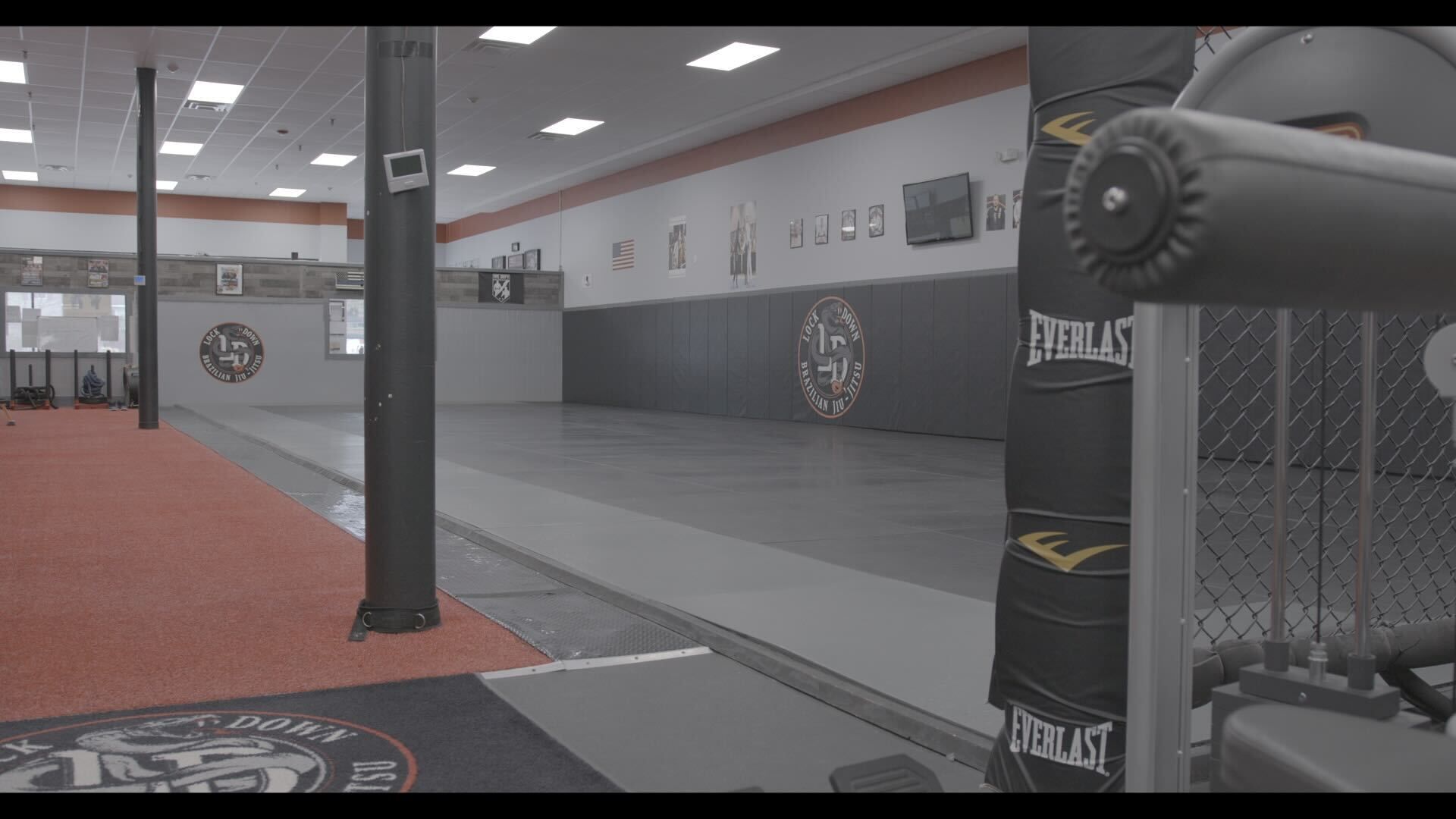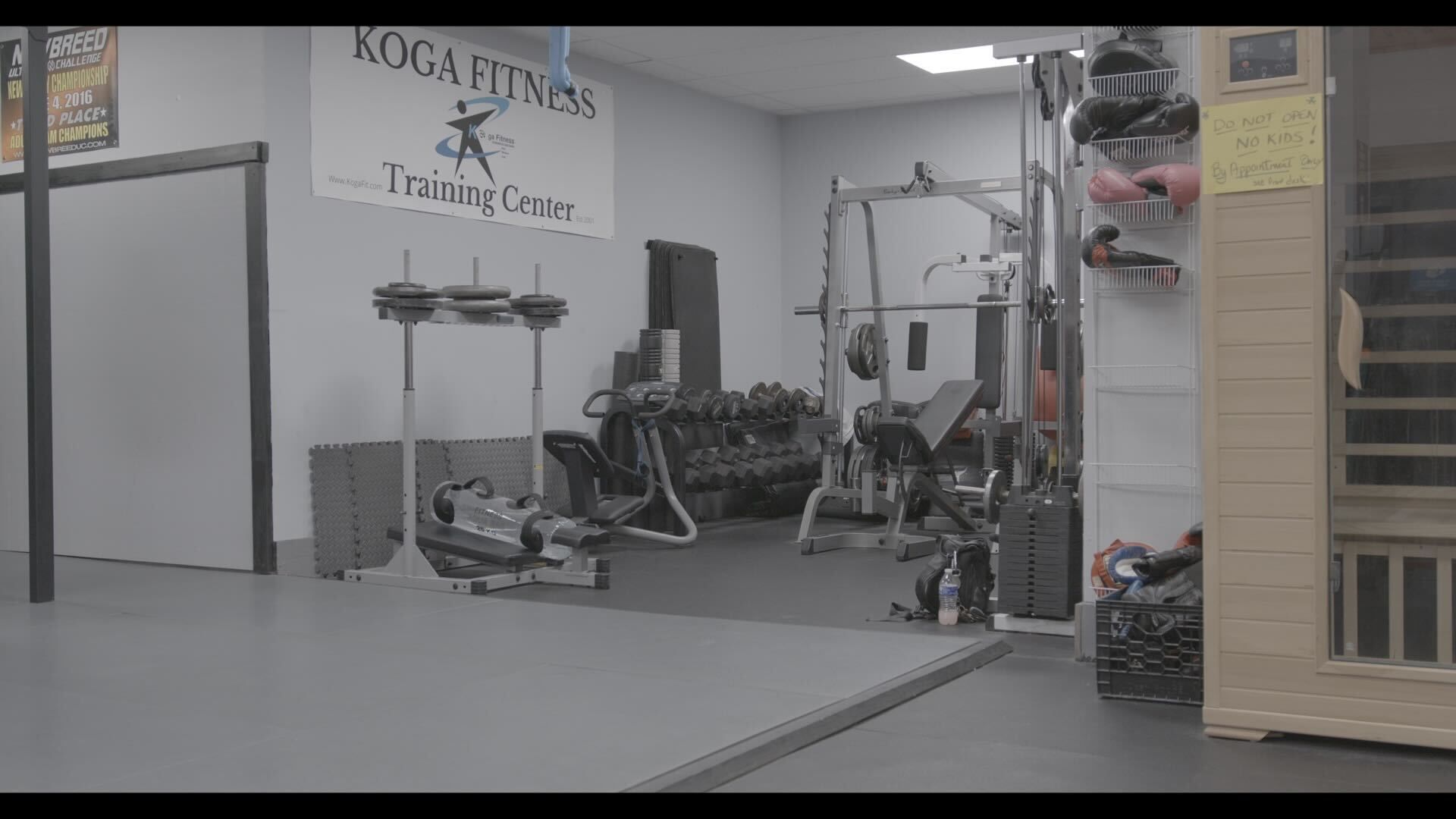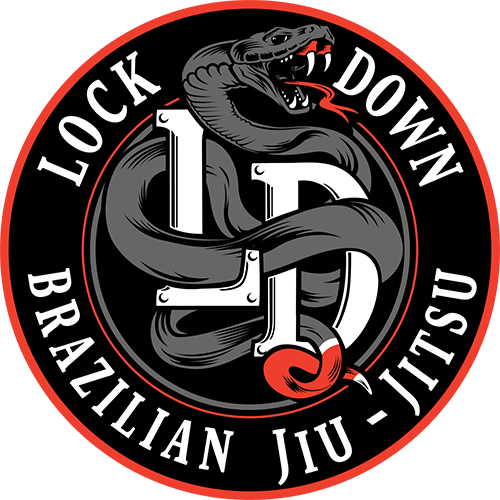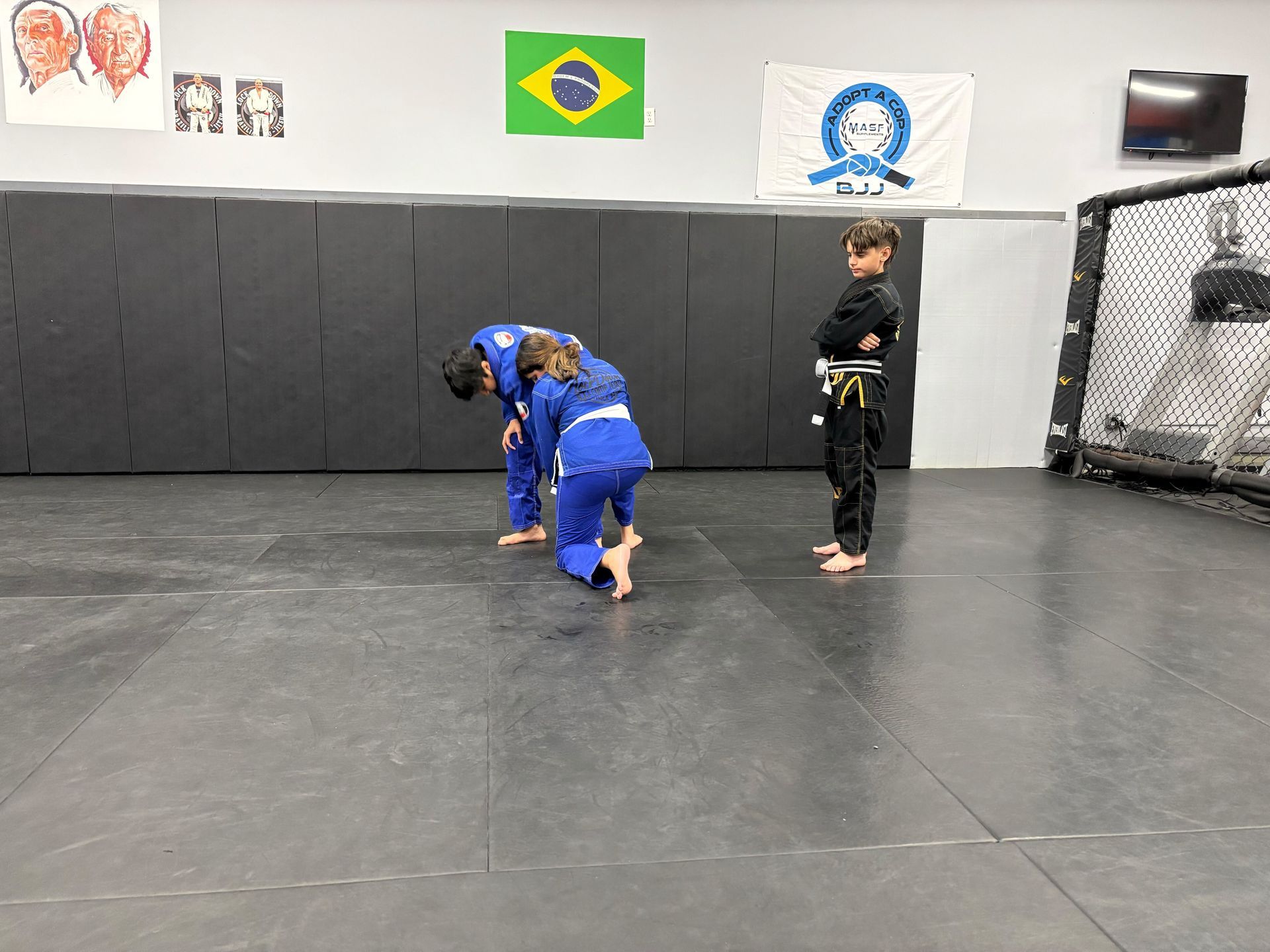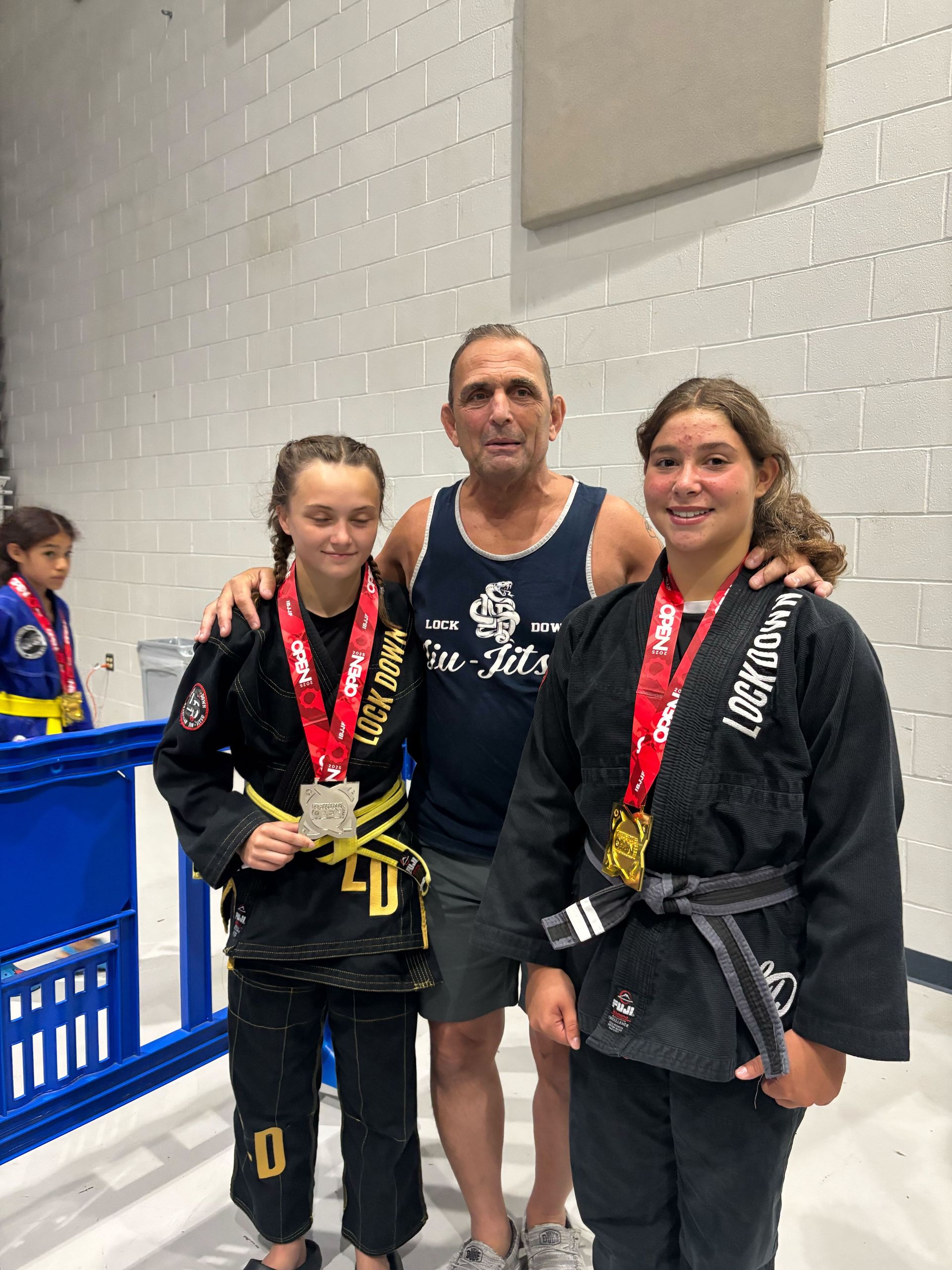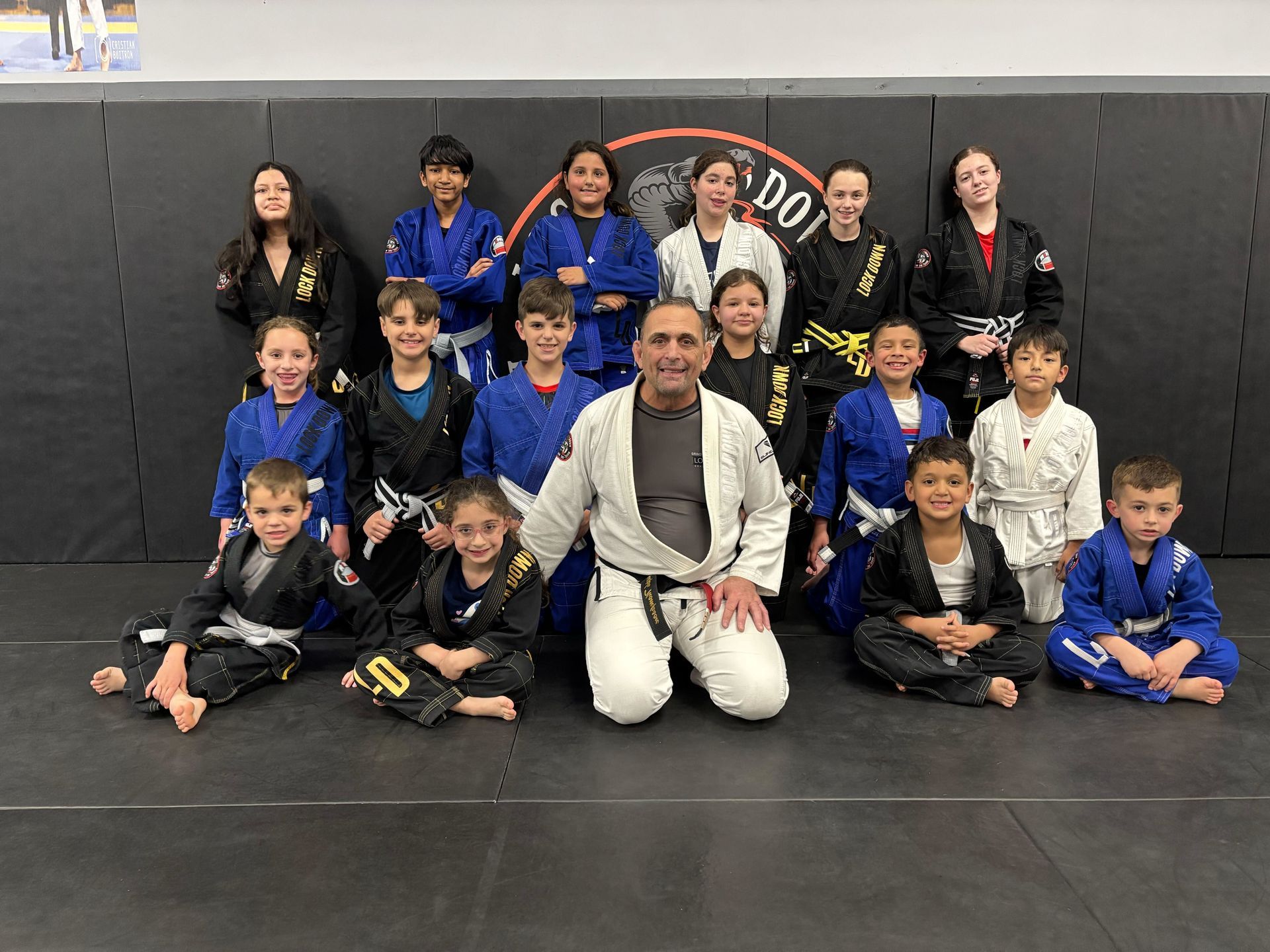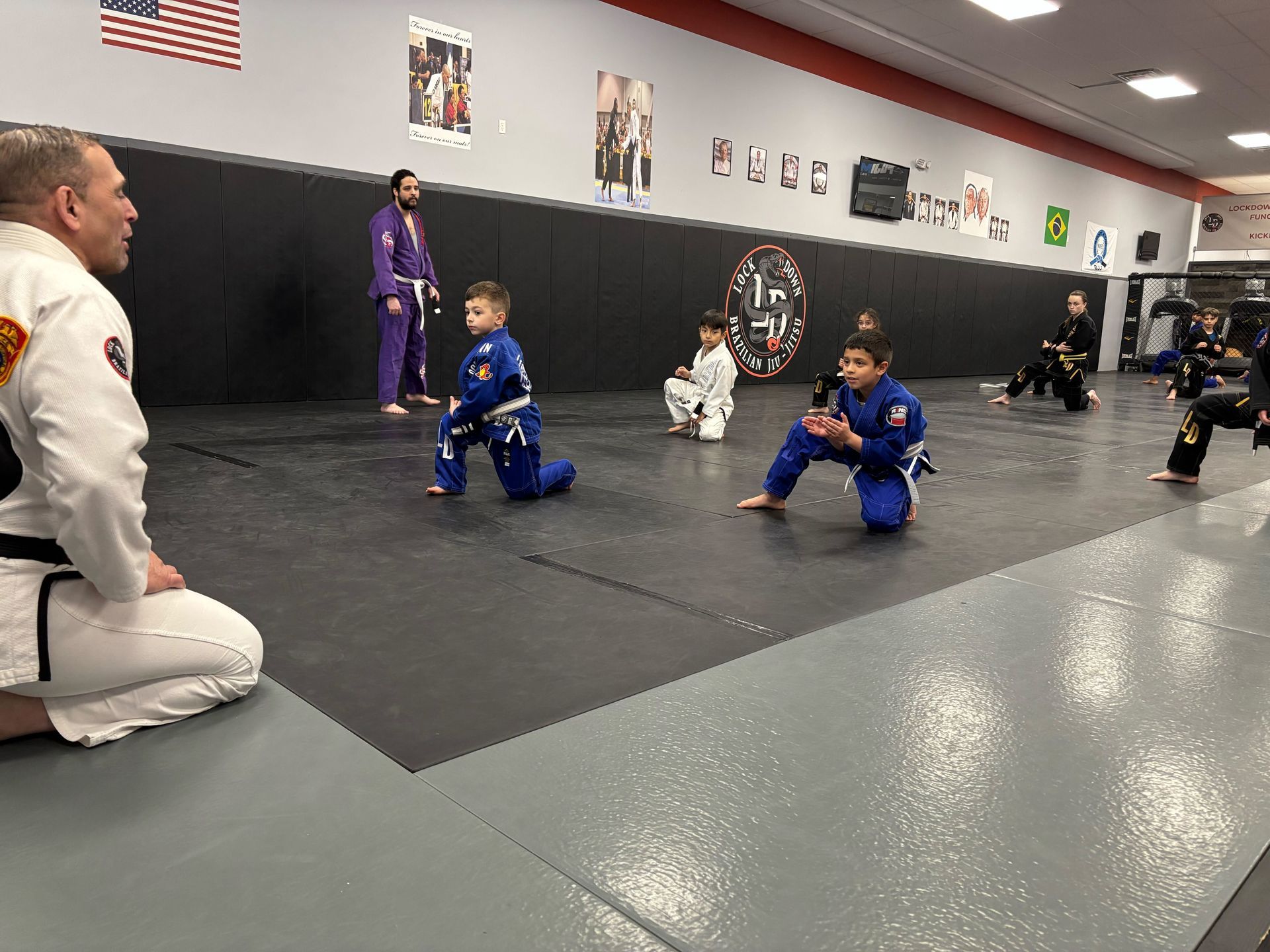Martial arts have been a cornerstone of cultures across the globe for centuries, encompassing not just physical combat techniques but also philosophies, rituals, and spiritual practices that reflect the values of their societies.
From the ancient battlefields of China to the bustling cities of modern Brazil, traditional martial arts have evolved through generations, spreading across continents and influencing both personal development and cultural identity.
In this detailed exploration, we’ll dive into the origins and evolution of martial arts styles across different civilizations, highlighting how each unique form developed over time, adapted to societal needs, and contributed to the broader narrative of global martial traditions.
Introduction to Traditional Martial Arts
Traditional martial arts refer to the ancient combat practices and disciplines that were developed and passed down over generations in different cultures. These arts were often created for survival, self-defense, and warfare, but they also carried deeper philosophical and spiritual meanings.
Cultural and Spiritual Significance
In many parts of the world, traditional martial arts are not just about fighting. They are deeply intertwined with cultural heritage, spirituality, and philosophy. For instance, in East Asia, the practice of martial arts is often linked to Buddhist, Taoist, or Confucian ideals, promoting values like discipline, respect, and inner peace. Meanwhile, African and Southeast Asian martial arts often involve ritualistic elements that reflect local religious practices.
Distinction Between Traditional and Modern Martial Arts
It’s essential to differentiate traditional martial arts from modern combat sports. While modern forms like MMA or Krav Maga focus primarily on effectiveness in real-world combat situations, traditional martial arts often include a broader range of techniques and philosophies, from meditation to artistic forms, that emphasize personal growth and spiritual enlightenment alongside physical prowess.
Origins of Martial Arts in Ancient Civilizations
Martial arts have been present since the dawn of human history. In ancient civilizations, combat techniques were necessary for survival, be it for hunting, protecting one's tribe, or engaging in warfare. These early practices laid the foundation for the martial systems we know today.
Combat Techniques in Early Human Societies
From the ancient Egyptians to the Mesopotamians, early human societies developed forms of combat that would later influence structured martial systems. Weapons like spears, bows, and swords were standard, but hand-to-hand combat techniques were also crucial, particularly in times of war.
Influence of Warfare and Survival
Many martial arts styles have their roots in battlefield tactics. As civilizations advanced, so too did their methods of warfare, leading to the creation of sophisticated systems of armed and unarmed combat that would later evolve into formal martial arts practices.
Chinese Martial Arts (Wushu, Kung Fu)
China is home to one of the oldest and most revered martial traditions in the world, with an intricate history that spans thousands of years.
Origins During the Xia and Shang Dynasties
Chinese martial arts, commonly known as Wushu or Kung Fu, trace their origins to the Xia and Shang dynasties (21st to 11th centuries BCE). These early martial traditions were born out of the need for self-defense, military training, and hunting.
Key Styles: Shaolin, Wing Chun, Tai Chi
Kung Fu developed into numerous schools and styles, each with its focus and philosophy. The Shaolin style, associated with the monks of the Shaolin Temple, became world-famous for its intricate balance between physical conditioning and mental discipline. Wing Chun, another significant style, focuses on close-range combat and quick strikes, while Tai Chi is a slower, meditative martial art known for its health benefits and spiritual focus.
Philosophical Influences: Taoism, Buddhism, Confucianism
Chinese martial arts are profoundly influenced by the major philosophical traditions of China. Taoism emphasizes balance and flow, principles that are reflected in styles like Tai Chi. Buddhism, particularly through the Shaolin monks, integrated meditation and mindfulness into martial training. Confucianism added a strong moral and ethical dimension, stressing respect, humility, and social harmony.
Japanese Martial Arts (Karate, Judo, Aikido)
Japan's martial arts history is closely tied to its samurai warrior culture and the development of Bushido, the "way of the warrior."
The Rise of Bushido and the Samurai Culture
The samurai class in Japan played a pivotal role in shaping the martial arts of the country. The Bushido code, which governed the conduct of the samurai, stressed virtues like loyalty, honor, and courage. These principles are deeply embedded in martial arts like Karate, Judo, and Aikido.
Major Styles: Karate, Judo, Aikido, Kendo
Karate originated on the island of Okinawa and became popular for its powerful strikes and blocks. Judo, developed by Jigoro Kano in the late 19th century, focuses on throws and grappling, turning an opponent’s strength against them. Aikido, created by Morihei Ueshiba, emphasizes harmony and the redirection of an opponent’s force. Kendo, or the way of the sword, keeps alive the ancient sword-fighting traditions of the samurai.
Evolution from Ancient Battlefield Techniques
Japanese martial arts evolved from techniques used on ancient battlefields. Over time, as the need for large-scale warfare decreased, these practices shifted towards personal development, self-defense, and sport, leading to the martial arts we know today.
Korean Martial Arts (Taekwondo, Hapkido)
Korean martial arts have a rich history that dates back over 2,000 years, with influences from both Chinese and Japanese systems.
Development During the Three Kingdoms Period
During Korea’s Three Kingdoms period (57 BCE – 668 CE), martial arts played a crucial role in military training. Early forms like Taekkyon and Subak were practiced by soldiers and civilians alike. These arts emphasized both hand-to-hand combat and weaponry.
Taekkyon and Subak as Early Influences
Taekkyon, a predecessor to modern Taekwondo, was known for its fluid and rhythmic movements, focusing on kicking techniques. Subak, a combat art focusing on strikes and grapples, also influenced the development of Korean martial traditions.
Growth of Taekwondo in the 20th Century
Taekwondo, officially recognized in the 20th century, gained global popularity after its introduction into the Olympics in 2000. Known for its dynamic kicking techniques, Taekwondo combines elements of speed, agility, and precision, making it one of the most practiced martial arts worldwide.
Southeast Asian Martial Arts (Muay Thai, Silat)
The martial arts of Southeast Asia are renowned for their brutal efficiency and connection to local cultural and spiritual practices.
Muay Thai and Its Ancient Roots in Siam
Muay Thai, often referred to as the "Art of Eight Limbs," originated in Thailand and is one of the oldest and most devastating striking arts. Its roots can be traced back to ancient Siam, where it was used in warfare and for self-defense. The art makes use of fists, elbows, knees, and shins, making it highly versatile in close combat.
Pencak Silat in Indonesia, Malaysia, and the Philippines
Pencak Silat is a martial art practiced across Southeast Asia, particularly in Indonesia, Malaysia, and the Philippines. Known for its fluid and dance-like movements, Silat combines strikes, joint locks, throws, and weaponry, reflecting the region’s diverse cultural and religious heritage.
Rituals, Spirituality, and Traditional Weaponry
Many Southeast Asian martial arts incorporate spiritual practices and rituals into their training. For example, in Muay Thai, fighters often perform a ritual dance called the "Wai Kru" before matches to pay respects to their teachers and ancestors. Similarly, Silat practitioners often use traditional weapons like the keris, a curved dagger, which carries cultural and spiritual significance.
FAQs
- What is the oldest known form of martial arts? The oldest known form of martial arts is believed to be Kalaripayattu from India, which dates back over 3,000 years. It is considered one of the earliest fighting systems, blending physical combat with spiritual practices.
- How did traditional martial arts spread globally? Traditional martial arts spread globally through cultural exchanges, trade routes, and migration. The expansion of empires, colonization, and later globalization in the 20th century—especially through films and sports—greatly contributed to their worldwide popularity.
- What role does philosophy play in martial arts? Philosophy plays a central role in many traditional martial arts, especially in East Asia, where concepts from Buddhism, Taoism, and Confucianism shape training methods. These philosophies emphasize self-discipline, respect, balance, and inner peace, alongside physical mastery.
- How are traditional martial arts different from modern combat sports? Traditional martial arts often incorporate historical techniques, rituals, and spiritual elements, while modern combat sports, like MMA, focus more on practicality and effectiveness in competition or self-defense. Traditional forms often stress personal development and mental focus beyond just physical prowess.
- Why are some traditional martial arts endangered today? Some traditional martial arts are at risk due to modern society’s preference for sports-oriented combat systems, reduced cultural preservation efforts, and the decline of martial arts as a necessary survival skill. However, efforts by martial arts schools and cultural preservation programs aim to keep these ancient traditions alive.
Final Thoughts
Traditional martial arts are much more than physical combat techniques; they represent a deep connection to cultural heritage, philosophy, and spirituality. These arts have adapted over centuries, reflecting the values and histories of the societies that nurtured them. As they continue to evolve, their rich traditions offer valuable lessons in discipline, respect, and self-improvement. Though modern combat sports may dominate today’s martial scene, the timeless principles of traditional martial arts remain relevant. Preserving and celebrating these ancient practices helps maintain a global cultural legacy for future generations.
